E-peas
AEM Product family Ambient Energy Manager
The AEM is an integrated energy management circuit that extracts DC or AC power from different types of ambient energy harvesters to simultaneously store energy in arechargeable element and supply your system with two independent regulated voltages.
The AEM family enables you to extend the battery lifetime and ultimately eliminates the primary energy storage element in a large range of wireless applications such as industrial IoT, retail, smart home, cattle monitoring and wireless sensor nodesnodes.
BLOCK DIAGRAM
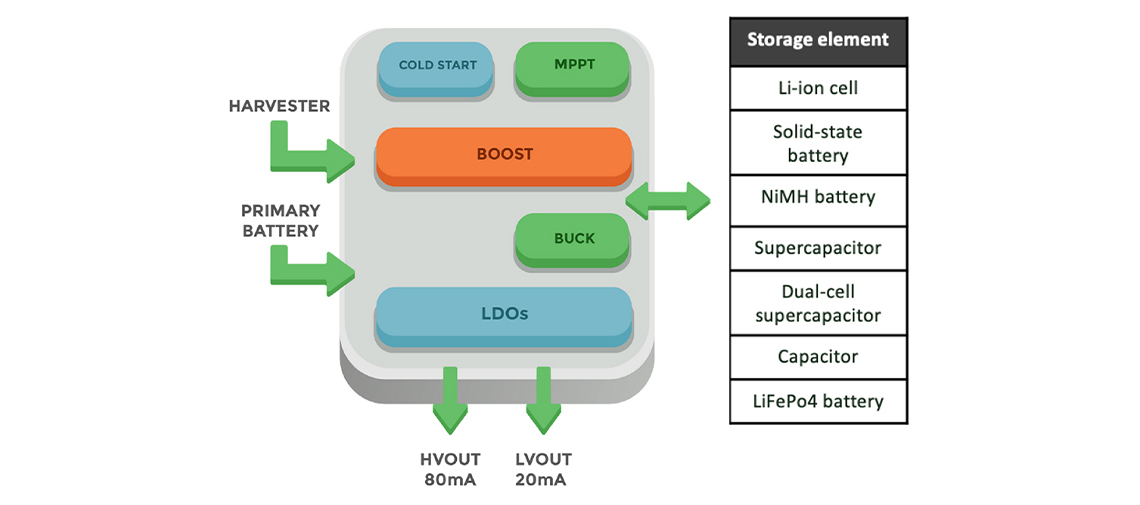
FEATURES
- Sources
-
- Solar:AEM 10941
- ThermalThermal:AEM 20940
- VibrationVibration:AEM 30940
- Radio FrequencyFrequency:AEM
- Cold start typical
-
- 3µW @380 mV
- 150 µW @60 mV (AEM 20940 )
- -19 dBmdBm@868 MHzMHz/915 MHz
- -12 dBmdBm@WiFi (2.4– 2.5GHz)
- Footprint
-
- QFN 28 (5x5mm)
- DownDownto onlyonly7passive components
- Configurable MPPT
-
- ConfigurableMPPT withwith2-pin programming
- 70 – 75 – 85 – 90 %for the AEMAEM10941
- 50 – 55 – 75 %for the AEMAEM20940
- 50 – 65 – 80 %for the AEMAEM30940
- ZMPPT configuration
-
- Constant impedance regulation for AEMAEM20940 and AEMAEM
- Ultra -low -power boost
-
- Input voltage range fromfrom50 mV to 5V
- EfficiencyEfficiencyup to 95 %
- Integrated LVOUT LDO regulator
-
- Fixed voltagevoltageat 1.2Vor 1.8V
- Up to 20 mA
- PowerPowergated dynamicallydynamicallyby external control
- Integrated HVOUT LDO regulator
-
- Programmable voltagevoltageat 1.8V, 2.5Vor 3.3V(pre pre-defined modes)
- Custom mode allows output withinwithin1.8Vandand4.2V
- Up to 80 mA load current
- PowerPowergated dynamicallydynamicallyby external control
- Flexible energy storage management
-
- Selectable overcharge and overdischarge protection
- For any type of rechargeable battery or (super)capacitor
- Fast supercapacitor charging
- Warns the load when batterybatteryis running low
- Warns when output voltage regulators are available
- Warns when the primary batterybatteryis used
- Integrated balancing circuit for dualdual-cell supercapacitor
- Leakage current
-
- 0 nA with LDOs disabled
- 600 nA with LDOs enabled
- Primary battery
-
- Automatically switchesswitchesto the primary battery when storage elementelementis exhausted
- TARGET APPLICATIONS
-
- Retail
- Smart Agriculture
- Tear monitoring
- Industrial IoT
- Smart watch
- Smart home / building
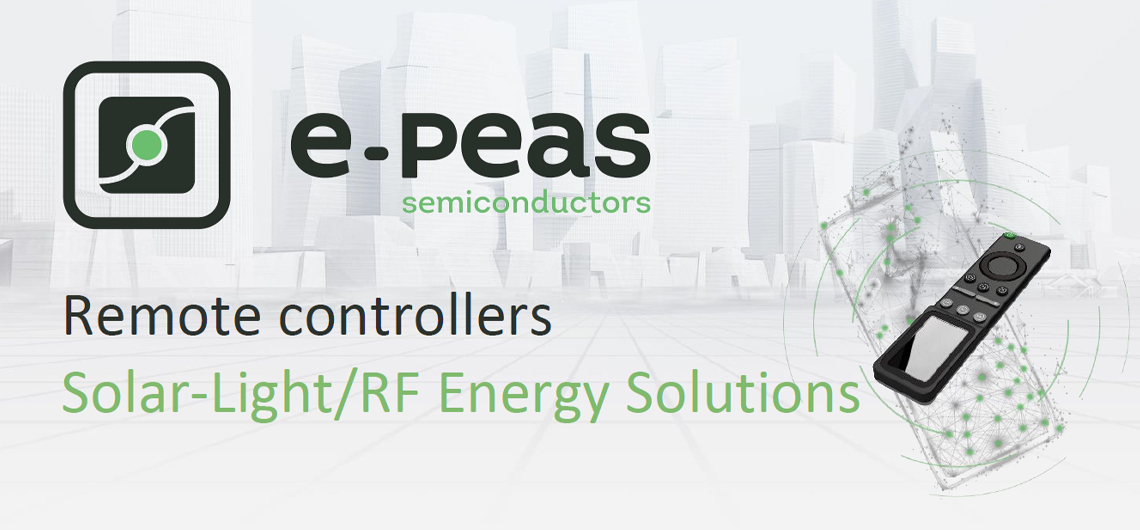
Energy Harvesting for RCU
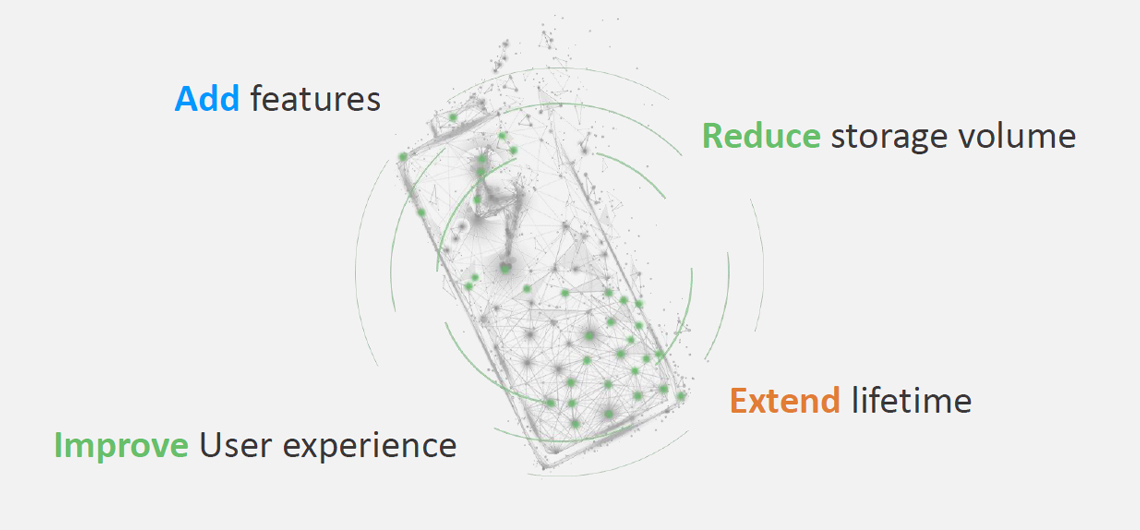
Why to use Energy Harvesting?
REDUCE WASTE

NO REPLACEMENT

AUTONOMOUS
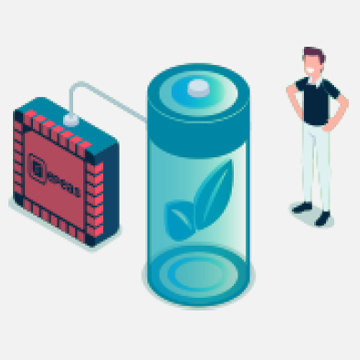
What Is Energy Harvesting?
First, you need a harvester to transform the energy into electrical power and a storage element to store the energy for a later use.
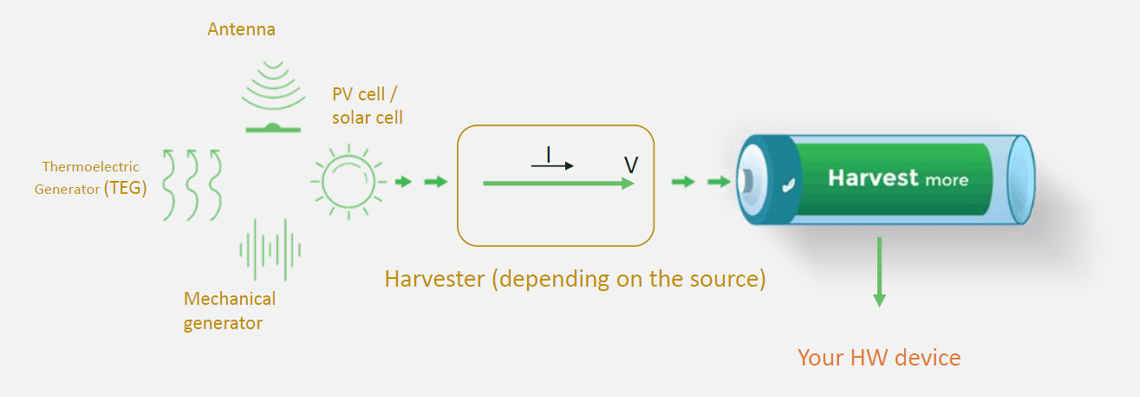
Energy Harvesting requires an AEM
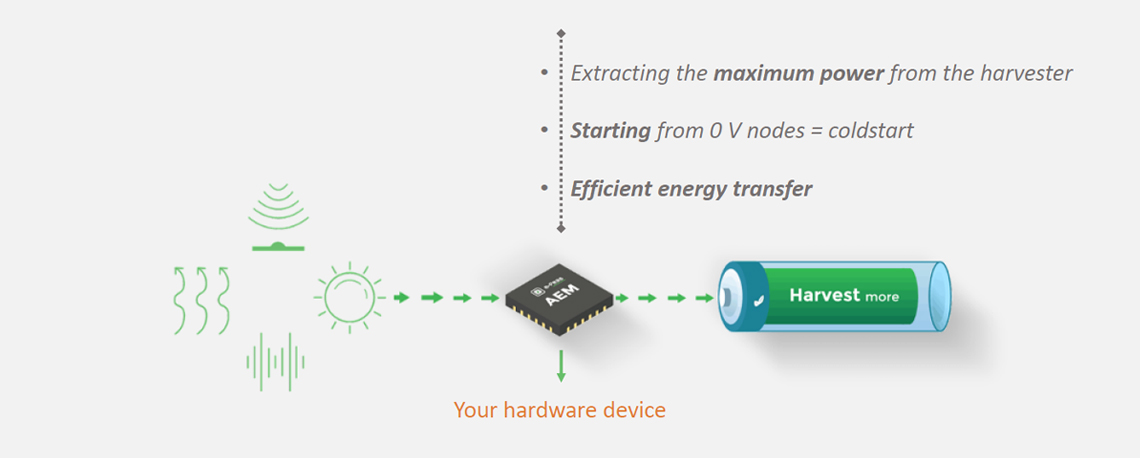
Solar/Light charging remote
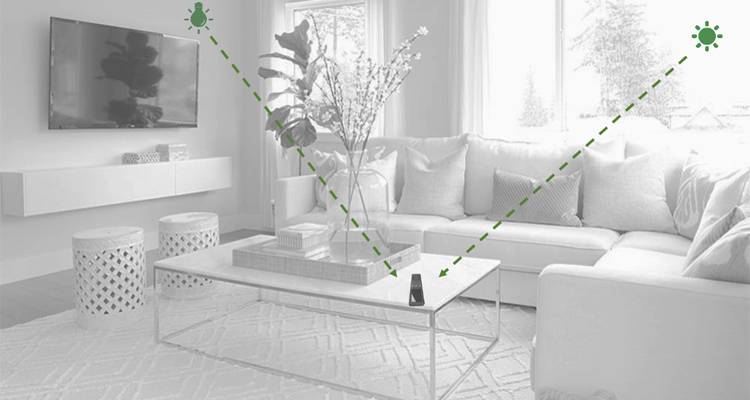
Energy Source
- Sun light
- Indoor light
Requirements
- Low light charging capabilities
- MPPT to adapt to changing light conditions
- Fast charging capabilities
Solar/Light charging remote
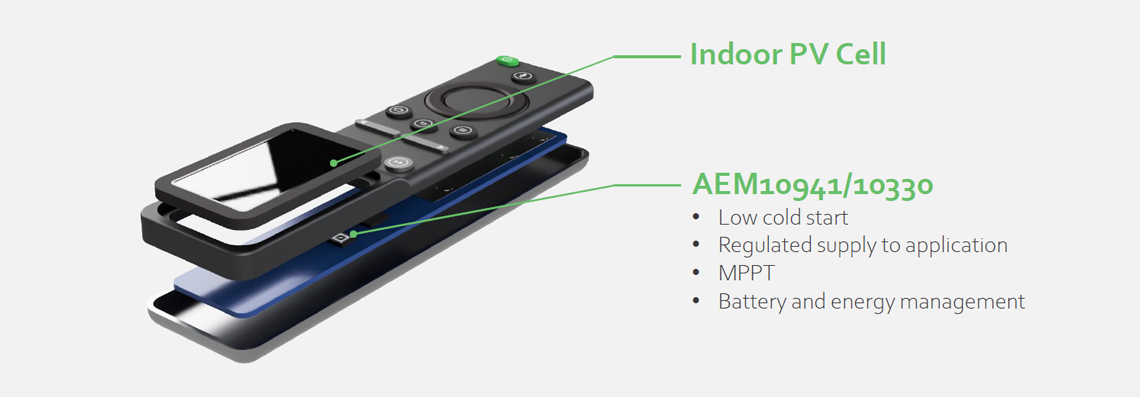
AEM10941
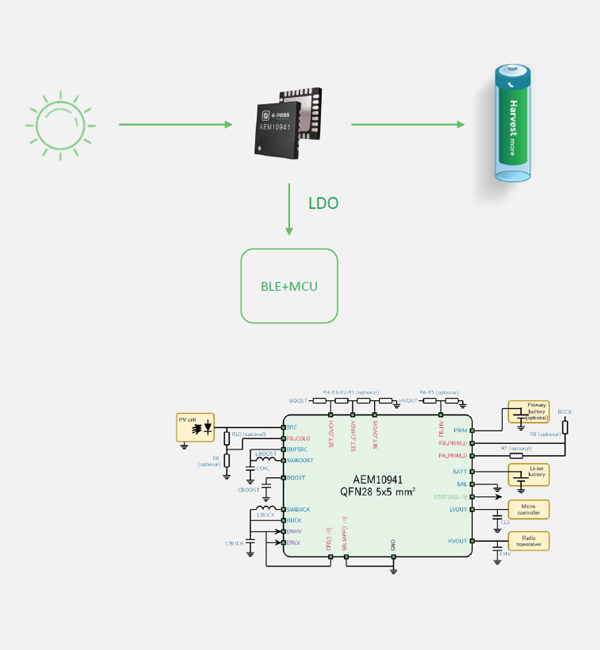
Specifications:
- Low cold start : 380mV and 3uW
- Boost from 50 mV to 5V
- MPPT : Maximum power point tracking
- LDO up to 80 mA
- Battery management : over-charge and over-discharge protections
- Various Energy storage support
What it means:
- Start harvesting in low light conditions
- Boost from very low light conditions
- Track light changes to extract the most from PV cell at all times
- Provide regulated power to application
- Support for LI Batteries, super caps, dual cell super caps and LICs
BOM:
- 7 passive Components.
- No external DC/DC converted required to provide power to RCU
AEM10330
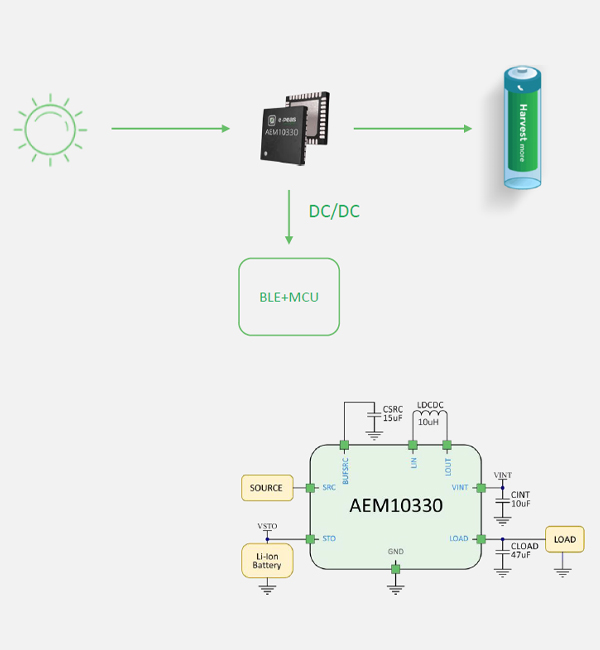
Specifications:
- Low cold start : 275mV and 3uW
- Buck - Boost from 100 mV to 4.5V
- MPPT : Maximum power point tracking
- DC/DC up to 60 mA
- Battery management : over-charge and over-discharge protections
- Various Energy storage support
What it means:
- Start harvesting in very low light conditions
- Boost from low light conditions
- Track light changes to extract the most from PV cell at all times
- DC/DC can supply application with 3.3V even if the storage element falls to 1.8V
- Support for LI Batteries, super caps, dual cell super caps and LICs
BOM:
- 4 passive Components.
- No external DC/DC converted required to provide power to RCU
RF charging remote
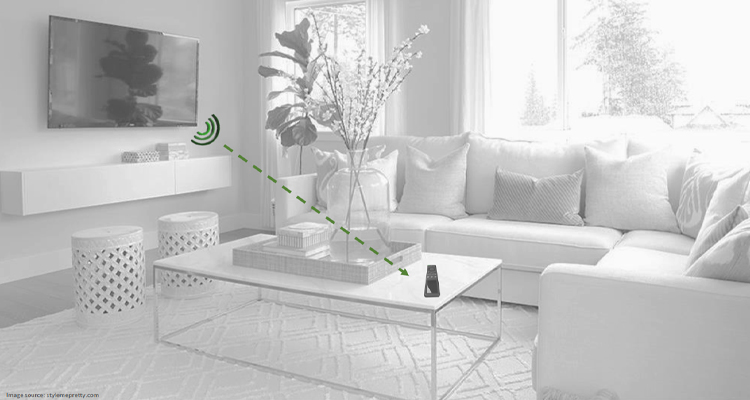
Energy Source
- RF transmitter
Requirements
- Dedicated transmitter embedded in TV, setup box , home gateways or stand alone.
- Low cold start conditions (-19 dbm)
- Few meters distance charging capabilities
RF charging remote
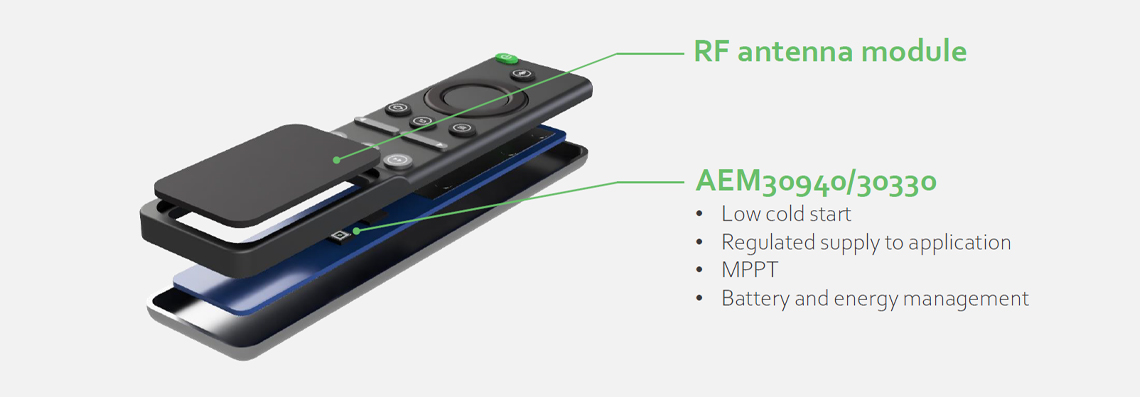
AEM30940
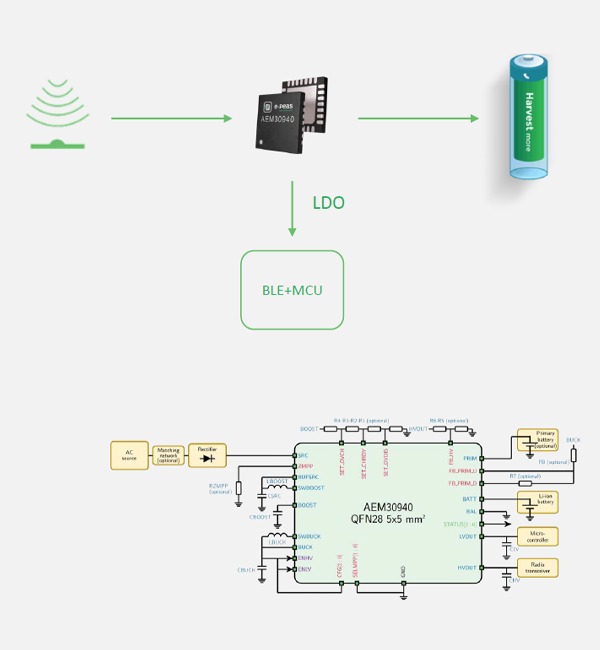
Specifications:
- Low cold start : 380mV and 3uW (-19 dBm)
- Boost from 50 mV to 5V
- MPPT : Maximum power point tracking
- LDO up to 80 mA
- Battery management : over-charge and over-discharge protections
- Various Energy storage support
What it means:
- Start harvesting low RF power condition : far from source.
- Boost from very low RF signal
- Track RF changes to extract the most from PV cell at all times
- Provide regulated power to application
- Support for LI Batteries, super caps, dual cell super caps and LICs
BOM:
- 7 passive Components.
- No external DC/DC converted required to provide power to RCU
AEM30330
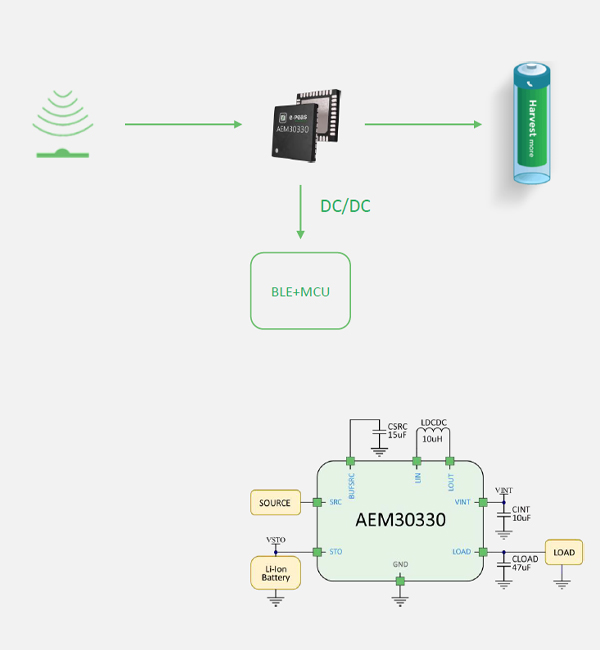
Specifications:
- Low cold start : -19 dBm
- Buck - Boost from 100 mV to 4.5V
- MPPT : Maximum power point tracking
- DC/DC up to 60 mA
- Battery management : over-charge and over-discharge protections
- Various Energy storage support
What it means:
- Start harvesting low RF power condition : far from source.
- Boost from very low RF signal
- Track RF changes to extract the most from PV cell at all times
- Provide regulated power to application
- Support for LI Batteries, super caps, dual cell super caps and LICs
BOM:
- 4 passive Components.
- No external DC/DC converted required to provide power to RCU
Evaluation Kits
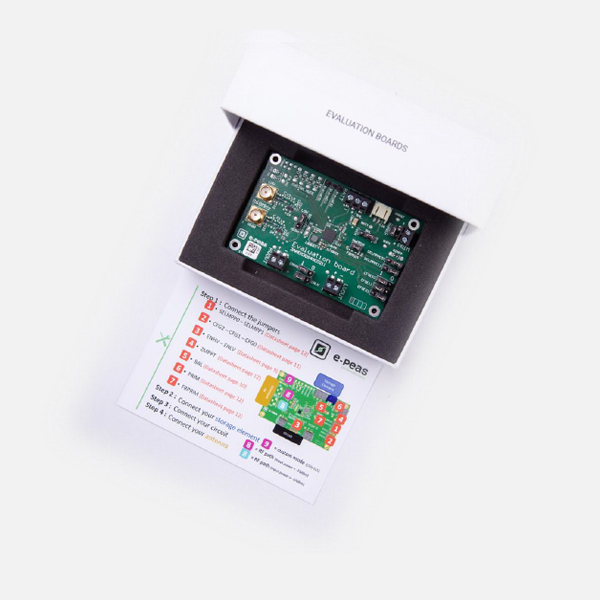
Evaluation boards are available for
- AEM10941
- AEM10330
- AEM30940
- AEM30330
Specifications
- Easy to use Connectors for storage element, source and application Easy settings using jumpers

